Investors in securities markets are now strongly betting the Federal Reserve won’t raise interest rates in June, but the million dollar question is will the Fed ever be able to raise interest rates again?
Fed officials are debating whether recent economic weakness—flagging industrial production, housing starts and jobs gains—are temporary or will the economy continue to disappoint.
The harsh winter and falling oil prices took a big bite out of first quarter growth, but consumers have not rushed to make up for lost time by spending the recent bonanza in purchasing power from lower gas prices. Labor market slack—for example, the contingent labor force of 7 million men ages 25 to 54 not holding a job or looking for work, nor counted in the official unemployment rate—limits wage gains and breeds uncertainty.
Stagnation in southern Europe and Japan, and slowing growth in China has prompted foreign central bankers to print lots of money, and depress the dollar values of the euro, yen and yuan. That makes foreign products even cheaper on store shelves and U.S. exports too expensive to sustain both market shares and profits abroad.
Economists and Fed officials can argue whether these forces are temporary or permanent, but capital for use in the private sector is in great abundance around the world—witness cash rich corporations buying back stock and their robust pace of business acquisitions.
Meanwhile, governments—states like Illinois and countries like Brazil—face interest rates they increasingly can’t afford because slower economic growth limits tax revenues.
Recommended
If the Fed pushes up interest rates on U.S. government securities that would push up rates on state and foreign sovereign debt. Nations recovering from bailouts like Italy and Spain could quickly become basket cases like Greece.
Moreover, the private sector simply does not need as much capital as it once did to expand. Leaders in capital intensive industries like Toyota are pioneering new modular systems that sharply cut fixed costs for equipment and service activities need much less capital to create new enterprises.
In 1999, Google was established with only $25 million dollars and grew into a $23 billion enterprise at its initial public offering six years later. The story set a pattern for enterprises like Twitter and Uber.
As companies like IBM shift from hardware to software and consulting to power growth and startups—the next Googles, Twitters and Facebooks—are increasingly software based, the demand for private capital is simply much smaller than the supply.
If the Fed pushes up rates, it risks pushing start up activity abroad. Many American entrepreneurs will find it more profitable to organize their companies in Ireland, Japan and China where private capital would be adequately abundant and cheaper than in the United States.
Already, inflation is near zero and negative interest rates have emerged on government bonds and large company bank deposits are emerging in more stable and stronger European jurisdictions—Germany, Denmark and Sweden—and those may well stay negative for a long time.
Economists fret that zero inflation and deflation will discourage spending as cautious consumers to hold out for lower prices—but not if banks start charging interest to hold their money.
In a modern economy, cash is terribly inconvenient. Credit card bills, mortgages and most family expenses can’t be paid with greenbacks, and corporations can’t pay suppliers, workers or just about anything else with currency either.
If prices start heading south, banks will be in a strong position to charge a nuisance fee—read negative interest rates—to ordinary consumers for holding their cash, because like corporations they need bank deposits to pay bills in an era when only electronic transfers and checks are practical for settling with most vendors and workers.
The Fed may find that it might like higher interest rates and encourage moderate inflation but such impulses are outdated and outmoded.

















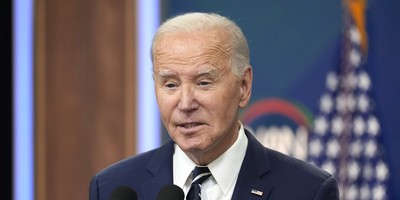

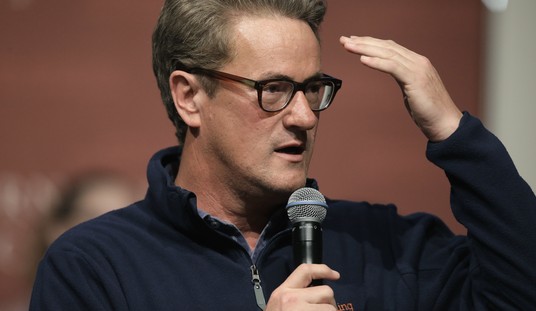
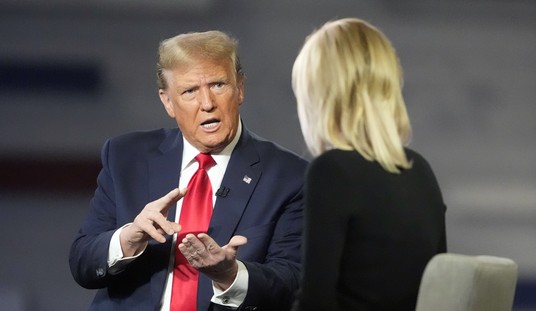
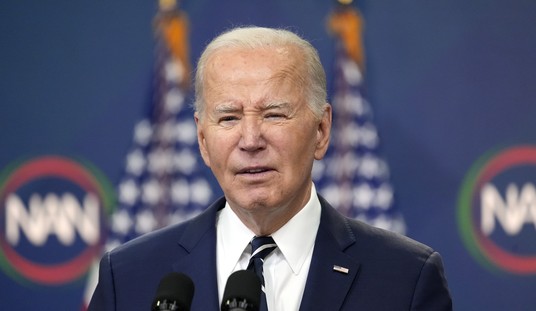

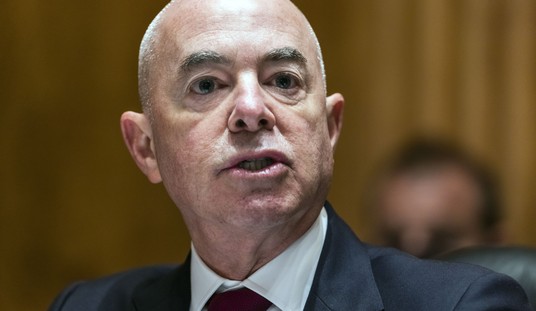

Join the conversation as a VIP Member